The transition from 5G to 6G is not just about higher speeds and lower latency; it represents a paradigm shift in network intelligence. The fusion of Artificial Intelligence (AI) and 6G will unlock unparalleled efficiency, automation, and new service models. While 5G introduced AI-based enhancements, 6G will be inherently AI-driven, embedding intelligence into every layer of the network architecture.
A recent research paper, “Overview of AI and Communication for 6G Networks,” provides a comprehensive analysis of this transformation, outlining three key AI integration stages and the critical role of Large Communication Models (LCMs) and Knowledge Graphs (KGs) in shaping AI-native 6G networks.
AI + 6G: The Three-Stage Evolution
The AI-native approach in 6G is defined by a progressive three-stage integration framework:

1. AI for Network
AI will optimize network operations, resource allocation, and user experience.
- Predictive analytics will help in dynamic traffic management.
- AI-driven automation will enhance fault detection and proactive maintenance.
- Energy-efficient networks will use AI to optimize power consumption across base stations and edge nodes.
2. Network for AI
6G will empower AI applications through network enhancements.
- Digital Twins & Federated Learning will enable real-time simulations for network optimization.
- Computing Power Networks will allow AI models to scale seamlessly.
- Semantic Communication will go beyond traditional data transmission, enabling AI to send and interpret “meaning” instead of just raw data.
3. AI as a Service (AIaaS)
6G will natively provide AI-powered services, driving new business models and applications.
- Immersive Communication: AI will enhance VR, AR, and holographic interactions.
- Intelligent Industrial Robots: AI-driven automation will redefine manufacturing and logistics.
- AI-driven Healthcare: Real-time AI diagnostics and robotic surgeries will become a reality.
Large Communication Models & Knowledge Graphs in 6G
Large Wireless Network Models (LWNM) vs. Large Language Models (LLM)
Unlike LLMs, which process structured text data, Large Wireless Network Models (LWNM) must handle:
- Dynamic, real-time network data (spectrum allocation, interference patterns, etc.).
- Ultra-low latency AI inference for real-time decision-making.
- Multi-modal AI processing, integrating sensor data, signals, and network logs.
Knowledge Graphs (KGs): AI-Driven Network Intelligence
Knowledge Graphs (KGs) will map complex relationships between network components, enabling:
- AI-powered fault detection with predictive analytics.
- Automated network orchestration, improving efficiency.
- Enhanced cybersecurity with AI-based anomaly detection.
The Future of AI-Native 6G: Challenges & Research Directions
Despite its potential, AI-driven 6G networks face several challenges:
- Data Privacy & Security – How do we ensure AI-native networks maintain integrity and confidentiality?
- Energy Efficiency vs. AI Overhead – Will AI reduce or increase overall network power consumption?
- Standardization & Interoperability – ITU, 3GPP, and IMT-2030 must develop global frameworks to integrate AI into telecom networks.
Conclusion: Why This Matters for Telecom Professionals
AI-native 6G is not just an evolution—it’s a fundamental shift in how networks operate and deliver value. The integration of LLMs, Knowledge Graphs, and Large Wireless Network Models will enable operators to:
- Unlock new revenue models through AI-driven automation.
- Improve network resilience with predictive AI analytics.
- Deliver ultra-personalized services with intelligent, real-time decision-making.
As AI-native 6G approaches reality, how should telecom operators and vendors prepare? What use cases excite you the most? Join the conversation and share your thoughts below!
Link to the paper: https://arxiv.org/html/2412.14538v2#S7
Featured image source: https://arxiv.org/html/2412.14538v2#S7
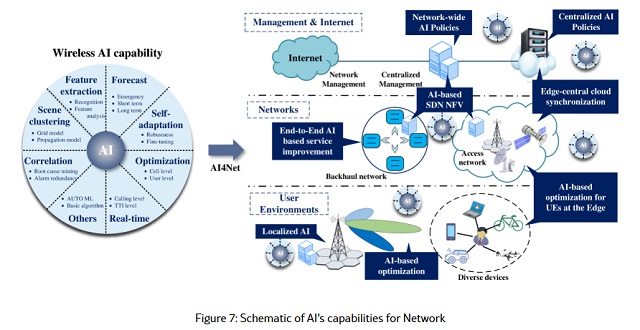
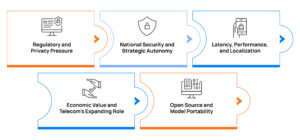
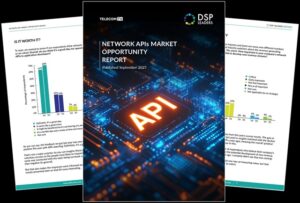

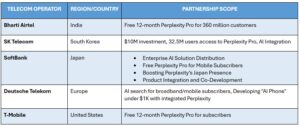
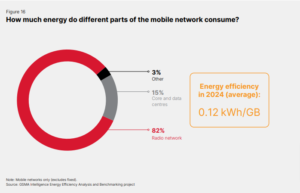
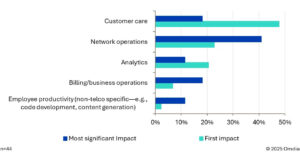
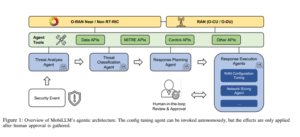
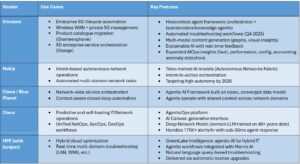
Be First to Comment